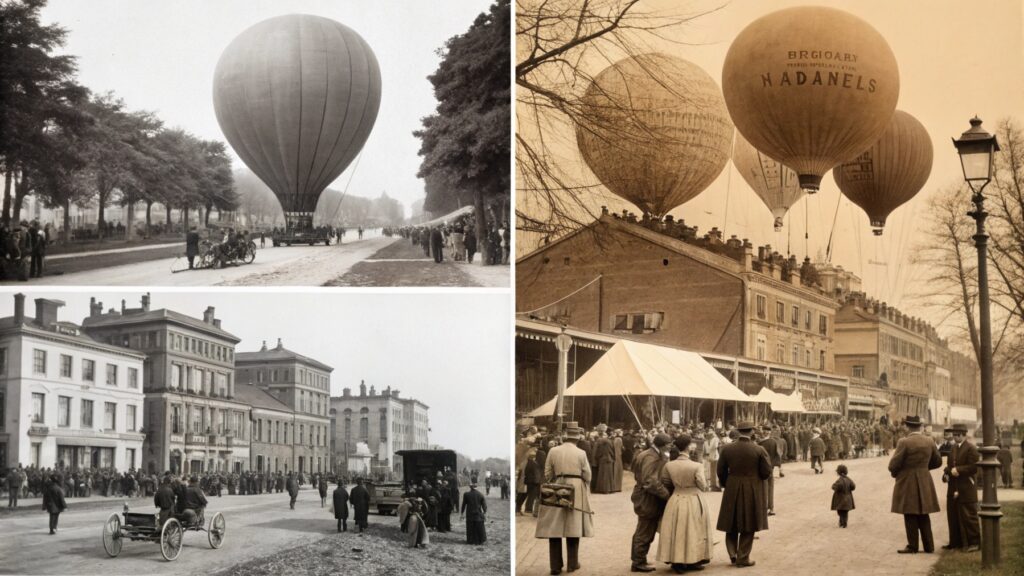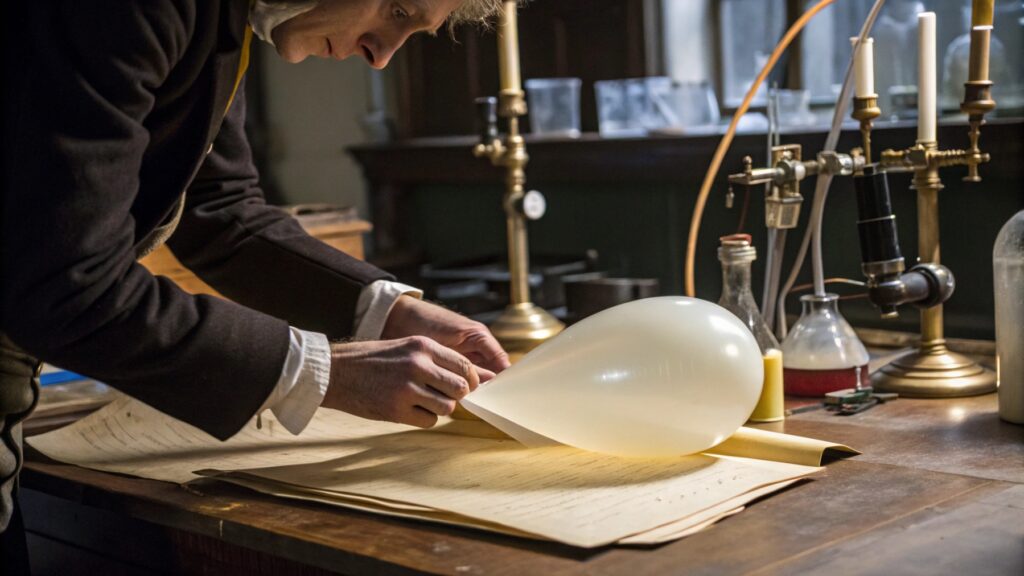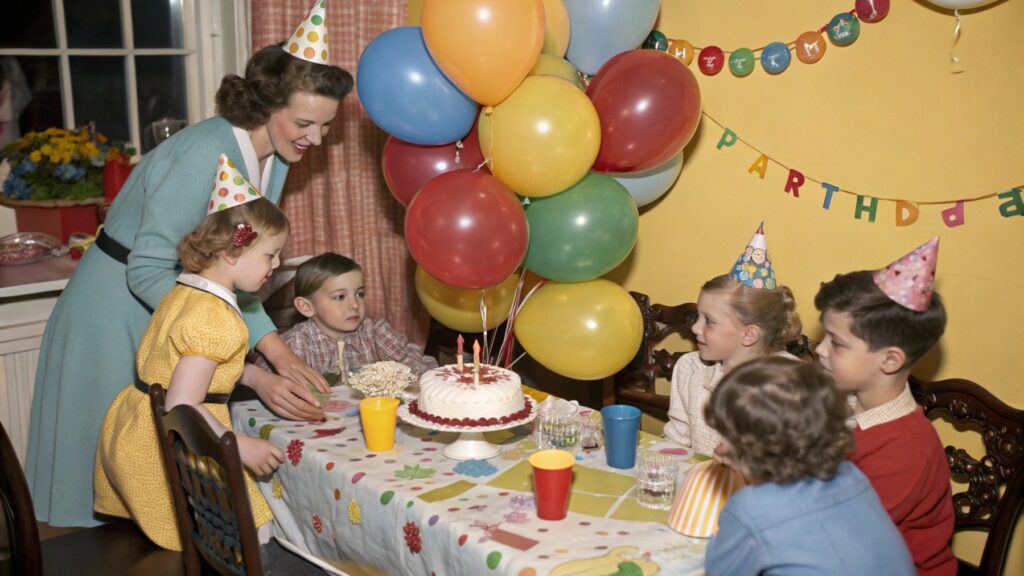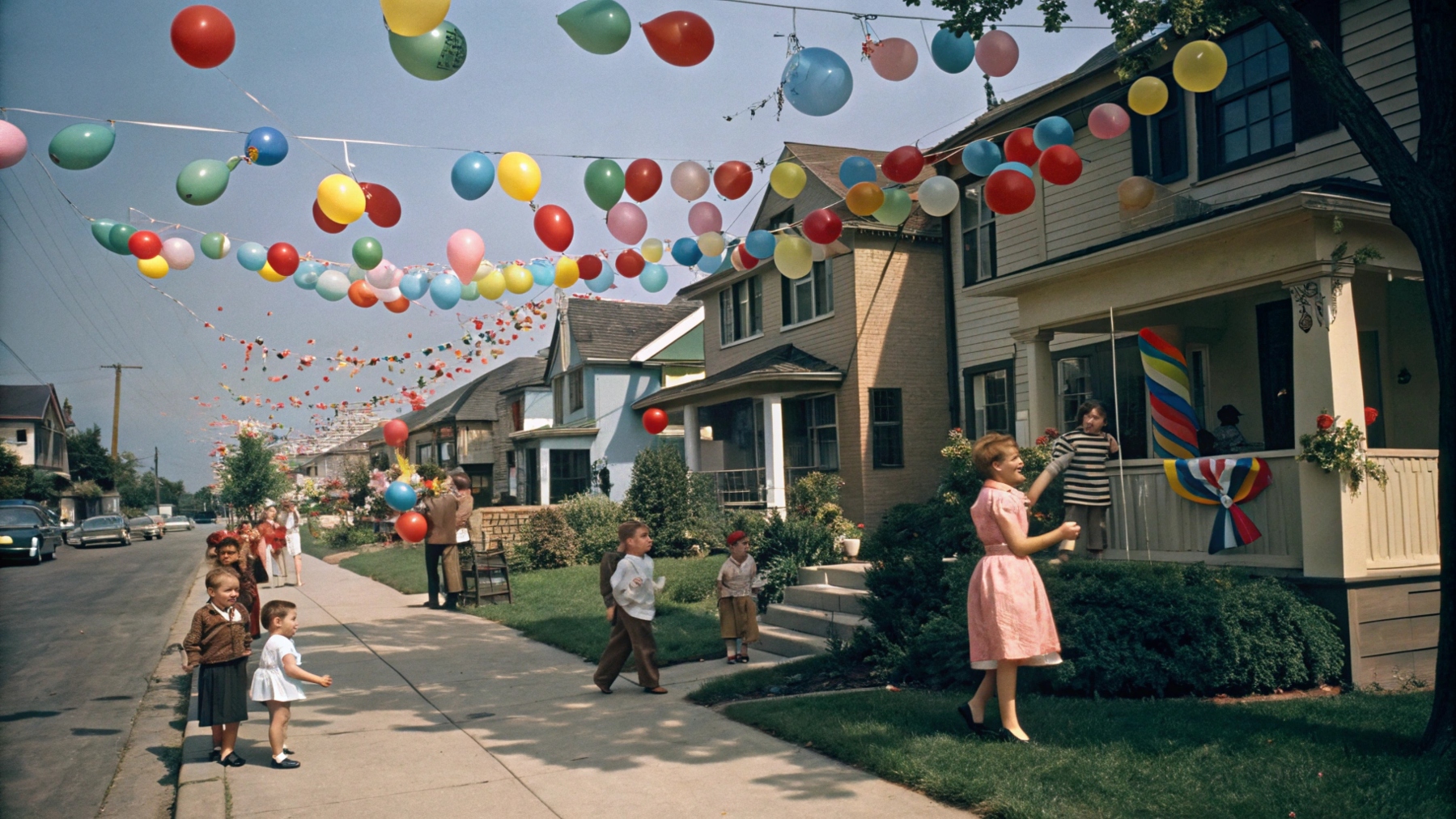When Were Latex Balloons Invented?
Do you know that the colorful balloons at your last birthday party have a history spanning nearly 200 years? The story begins with a curious professor and two sheets of rubber.
Latex balloons were first invented in 1824 by Michael Faraday, a British scientist who created an airtight rubber pocket filled with gases for his experiments, marking the birth of modern balloon technology.

I have spent years in the balloon industry, and understanding this rich history helps me appreciate why balloons remain such powerful symbols of celebration. Let me walk you through the fascinating journey of how latex balloons evolved from scientific tools to party essentials.
Did Balloons Exist in the 1800s?
Were you surprised to learn that balloons predate your great-great-grandparents? The 1800s marked a revolutionary period for balloon development and widespread adoption.
Yes, balloons existed throughout the 1800s, starting with Michael Faraday's 1824 latex invention and evolving from scientific instruments to commercial entertainment products by the mid-1800s.

The 1800s witnessed an incredible transformation in balloon technology and usage. Before Faraday's breakthrough, people used animal bladders and intestines to create inflatable objects. These primitive balloons were messy, unreliable, and often smelled terrible. I often think about how different our industry would be without Faraday's innovation.
During the early 1800s, balloons served primarily scientific purposes. Researchers used them to study atmospheric pressure, gas behavior, and weather patterns. The military explored balloons for reconnaissance missions. By the 1850s, entrepreneurs recognized the entertainment potential. Street vendors began selling simple rubber balloons at fairs and markets. Children's faces lit up when they received these magical floating objects.
| Decade | Primary Use | Material | Key Development |
|---|---|---|---|
| 1820s | Scientific research | Rubber sheets | Faraday's invention |
| 1830s | Weather studies | Improved rubber | Better sealing methods |
| 1840s | Military reconnaissance | Treated rubber | Larger sizes possible |
| 1850s | Entertainment | Commercial rubber | Mass production begins |
| 1860s | Celebrations | Colored rubber | Decorative applications |
The transformation accelerated after Charles Goodyear perfected rubber vulcanization1 in 1844. This process made rubber more durable and elastic. Balloon manufacturers could now produce consistent, reliable products. The stage was set for balloons to become household items.
When Was the First Latex Balloon Invented?
Have you ever wondered about the exact moment when latex balloons came to life? The story involves scientific curiosity and accidental discovery.
Michael Faraday invented the first latex balloon on January 7, 18242, by pressing two sheets of rubber together and inflating the resulting pouch with hydrogen gas during his laboratory experiments.

Faraday's invention happened almost by accident. He was studying the properties of different gases when he needed a container that could expand and contract. Traditional glass vessels broke under pressure changes. Metal containers were too rigid. Faraday grabbed two pieces of rubber sheeting3 from his laboratory supplies. He pressed the edges together, creating a seal. Then he carefully inflated this makeshift pouch with hydrogen gas.
The result amazed him. The rubber expanded smoothly, creating a perfect sphere. The material was transparent enough to observe the gas inside. The balloon maintained its shape for hours without leaking. Faraday had created something entirely new.
His laboratory notes from that day describe the balloon as "a most curious and useful apparatus." He immediately recognized the potential for scientific applications4. Other researchers could use these balloons to collect gas samples, study atmospheric pressure, and conduct weather experiments. Faraday shared his invention with the Royal Institution, where it quickly gained attention from fellow scientists.
| Invention Details | Specifications |
|---|---|
| Date | January 7, 1824 |
| Inventor | Michael Faraday |
| Material | Natural rubber sheets |
| First gas used | Hydrogen |
| Size | Approximately 6 inches diameter |
| Purpose | Scientific experimentation |
Word spread quickly through London's scientific community. Within months, other researchers were creating their own versions. Instrument makers began producing commercial rubber balloons for laboratories. The latex balloon industry was born, though it would take decades to reach ordinary consumers.
When Were Balloons First Used for Birthdays?
Can you imagine a birthday party without balloons? The connection between balloons and birthday celebrations has a surprisingly recent origin story.
Balloons became popular for birthday celebrations in the 1930s in America, when party supply companies began marketing them specifically for children's parties and special occasions.

The journey from scientific tool to birthday staple took over a century. During the late 1800s and early 1900s, balloons remained expensive novelties. Only wealthy families could afford them for special occasions. The materials were costly, and production remained limited to small-scale operations.
Everything changed during the 1920s and 1930s. Mass production techniques reduced costs dramatically. Rubber became more affordable and widely available. Chemical advances improved balloon durability and color options. Suddenly, ordinary families could afford balloons for their celebrations.
Party supply companies recognized this opportunity. They began marketing balloon packages specifically for birthday parties. Advertisements showed happy children surrounded by colorful balloons. The message was clear: balloons made parties more special. Parents embraced this new tradition enthusiastically.
The Great Depression actually boosted balloon popularity for birthdays. Families needed affordable ways to make celebrations memorable5. A few balloons cost much less than elaborate decorations or expensive gifts. Children loved them just as much as costly presents. Balloons became symbols of joy during difficult times.
| Era | Birthday Balloon Usage | Key Factors |
|---|---|---|
| 1880s-1910s | Rare, wealthy families only | High cost, limited production |
| 1920s | Growing middle-class adoption | Mass production begins |
| 1930s | Widespread birthday tradition | Marketing campaigns, affordability |
| 1940s-1950s | Standard party element | Post-war prosperity, suburbanization |
| 1960s-present | Essential birthday decoration | Color variety, helium popularity |
By the 1950s, balloons had become essential birthday party elements. No celebration felt complete without them. This tradition continues today, making birthdays one of our industry's most important markets.
When Did Latex Balloons Become Popular?
What factors transformed latex balloons from scientific curiosities into global phenomena? The answer involves technology, marketing, and changing social attitudes.
Latex balloons became widely popular during the 1950s and 1960s, driven by post-war economic prosperity6, improved manufacturing techniques, and the rise of consumer culture in developed countries.

The popularity explosion didn't happen overnight. Several factors converged during the mid-20th century to create perfect conditions for balloon adoption7. World War II had ended, bringing economic prosperity to many countries. Families had disposable income for non-essential items like party decorations. The baby boom created huge demand for children's entertainment products.
Manufacturing technology advanced rapidly during this period. Companies could produce balloons faster, cheaper, and in more colors than ever before. Quality improved dramatically. Balloons lasted longer and looked better. New chemical processes created vibrant colors that didn't fade quickly. Helium became commercially available, adding the magic of floating balloons.
Marketing played a crucial role. Companies like Tillotson Rubber Company began aggressive advertising campaigns. They targeted parents directly, emphasizing how balloons made children happy. Television commercials showed families enjoying balloon-filled celebrations. Print advertisements appeared in family magazines. The message was consistent: balloons transformed ordinary moments into special memories.
Social changes also contributed to balloon popularity. Suburbanization meant more families had space for parties. Birthday celebrations became more elaborate as parents competed to create memorable experiences. Balloons were affordable ways to add excitement to any gathering. They worked for indoor and outdoor events. Children could play with them for hours.
| Decade | Popularity Drivers | Market Changes |
|---|---|---|
| 1950s | Post-war prosperity, suburbanization | Mass market emergence |
| 1960s | Consumer culture, television marketing | Brand recognition grows |
| 1970s | Environmental awareness, safety standards | Quality improvements |
| 1980s | Global trade expansion | International markets open |
| 1990s-2000s | Internet commerce, party industry growth | Specialized products develop |
The environmental movement of the 1970s actually helped our industry. Concerns about balloon litter led to biodegradable latex development. Safety regulations improved product quality. Parents felt more confident buying balloons for their children. The industry matured, becoming more responsible and professional.
Today, latex balloons are global phenomena. They appear at celebrations in every country. The basic technology remains similar to Faraday's original design, but materials and manufacturing have advanced tremendously. We continue innovating, creating new shapes, colors, and applications that keep balloons relevant for modern consumers.
Conclusion
From Faraday's 1824 laboratory experiment to today's global celebration essential, latex balloons have transformed human festivities, proving that simple innovations can create lasting joy across generations.
-
Learn about the revolutionary process of rubber vulcanization and its significance in creating durable balloons. ↩
-
Explore the fascinating story of how Michael Faraday's innovation changed balloon technology forever. ↩
-
Explore the versatility of rubber sheeting in various scientific fields and its importance in experiments. ↩
-
Discover how balloons are utilized in modern science, from experiments to atmospheric studies. ↩
-
Exploring affordable celebration ideas can inspire creative and budget-friendly party planning, especially with balloons. ↩
-
Learning about post-war economic prosperity provides insight into how societal changes shaped consumer habits and product popularity. ↩
-
Explore this link to understand the historical context and factors that led to the widespread popularity of balloons, enriching your knowledge of cultural trends. ↩
